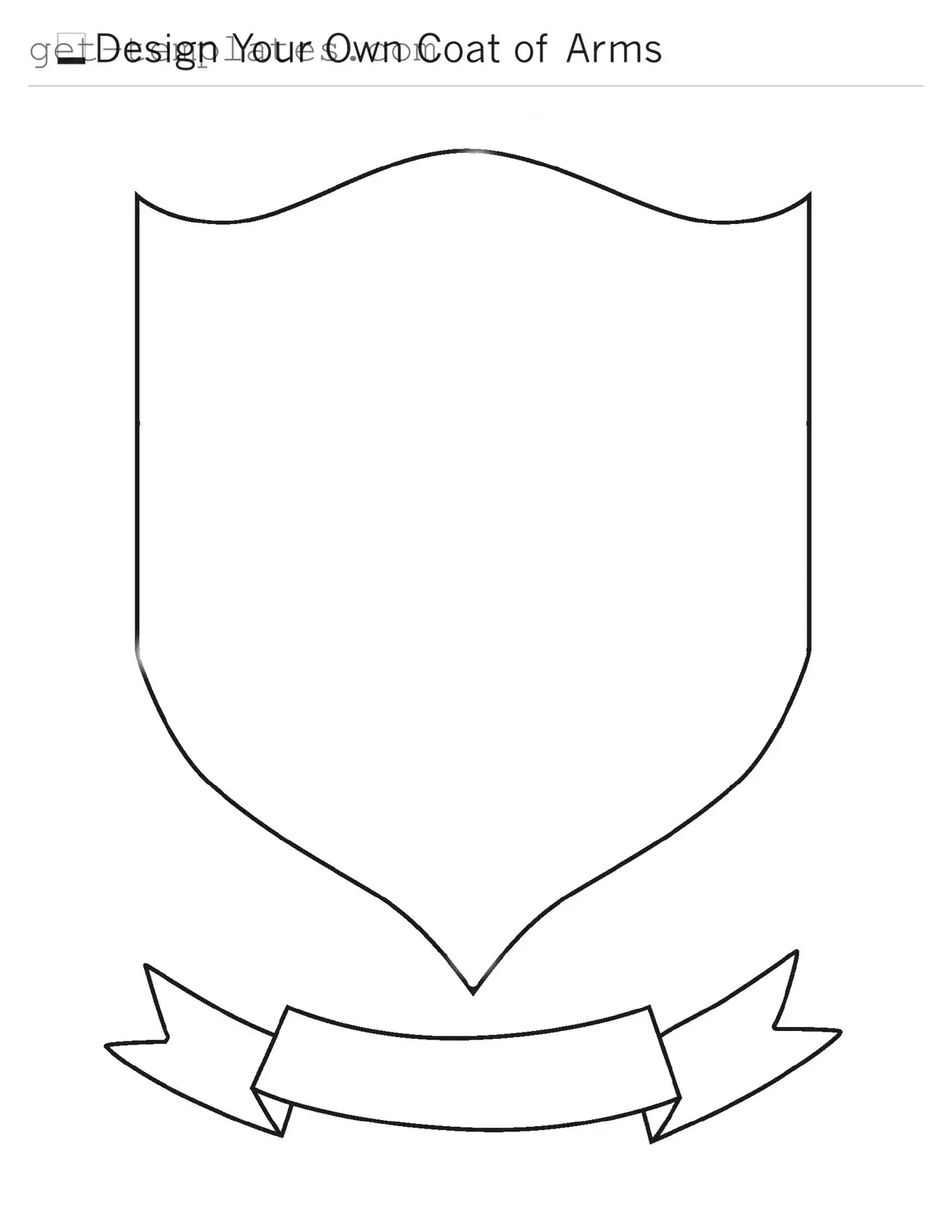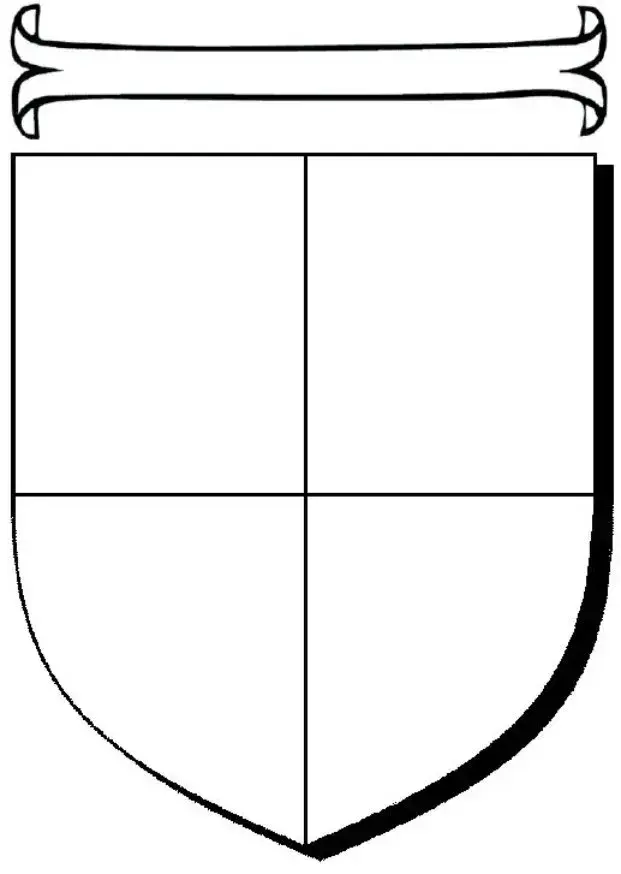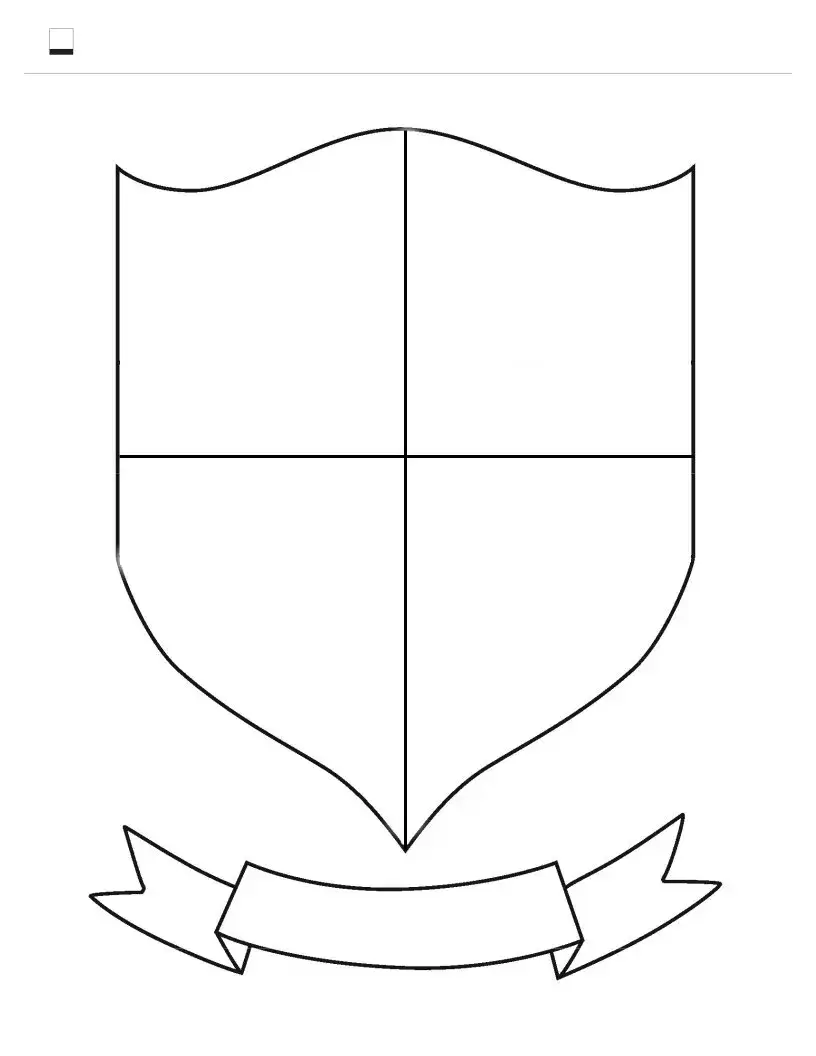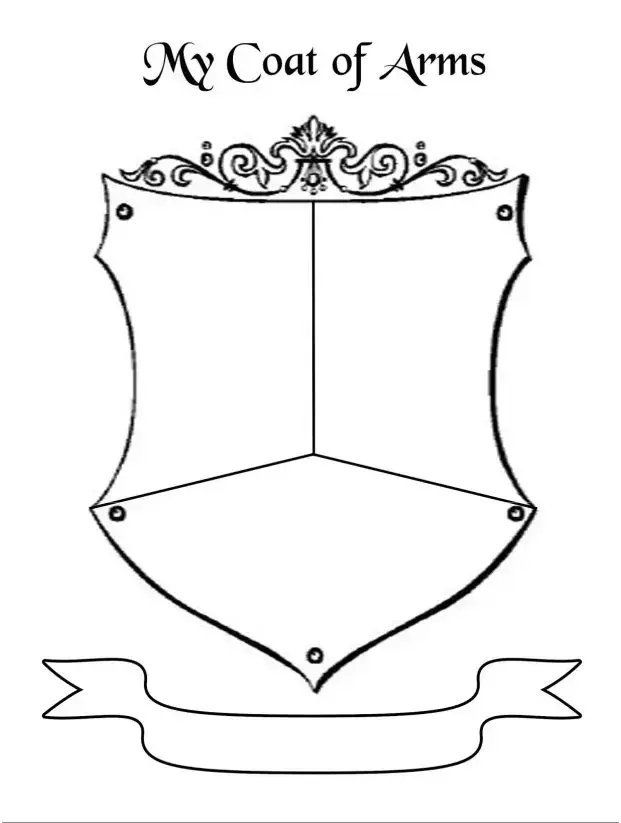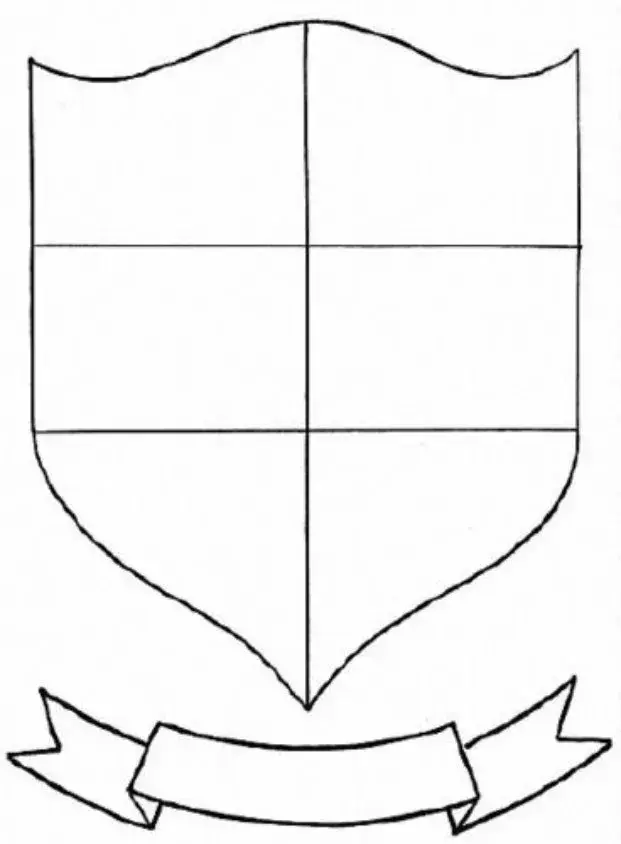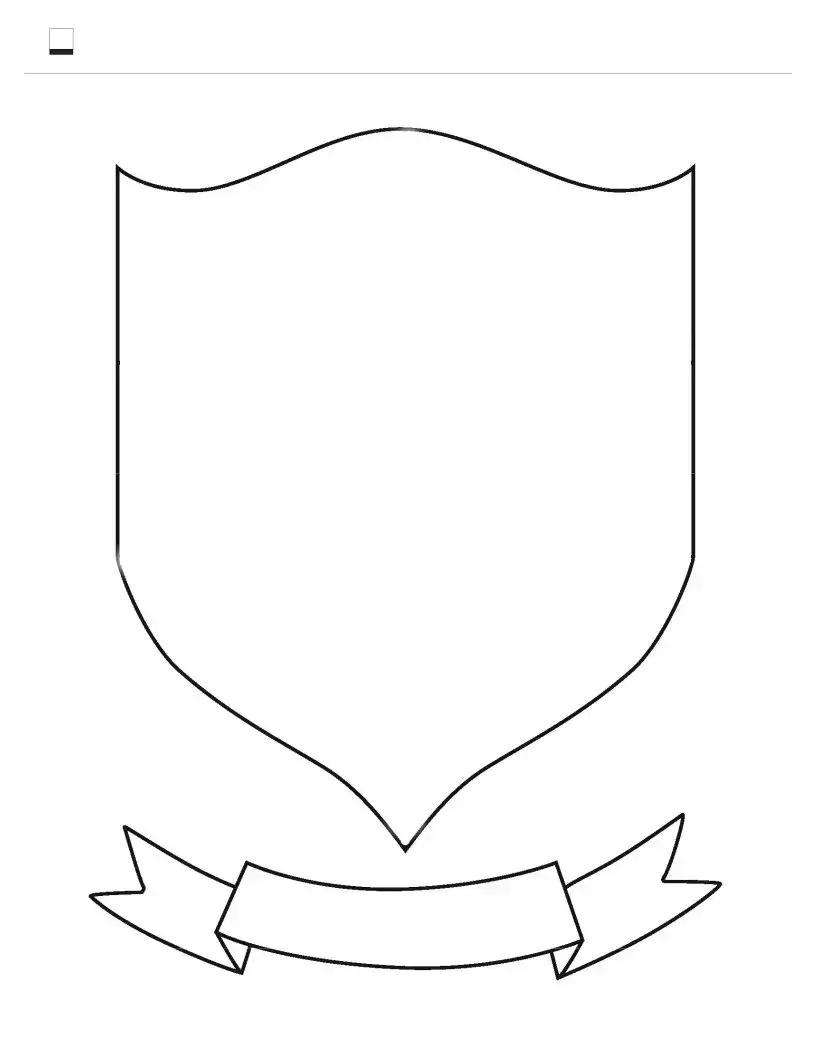Fill in a Valid Coat Of Arms Template
The Coat Of Arms form is a legal document used to request the creation or alteration of a family or organizational coat of arms. This form serves as a formal application to establish heraldic symbols that represent identity and heritage. Understanding its purpose and requirements is essential for those seeking to preserve or promote their lineage through heraldry.
Get Document Online
